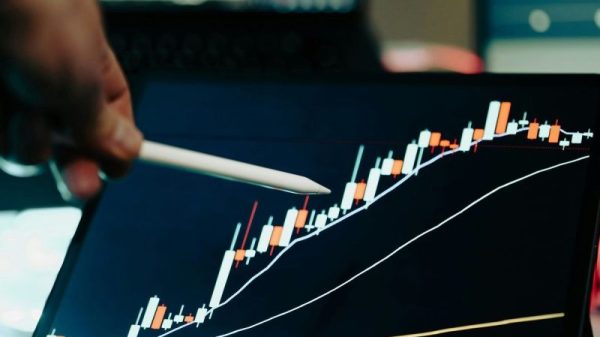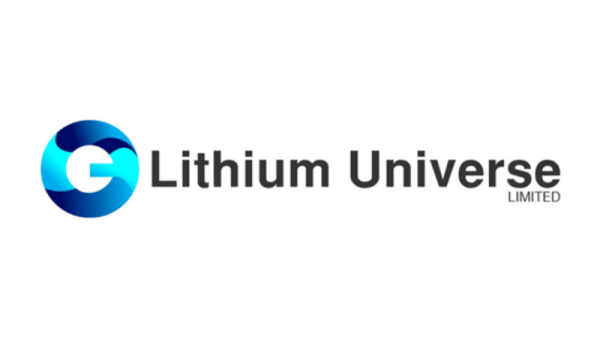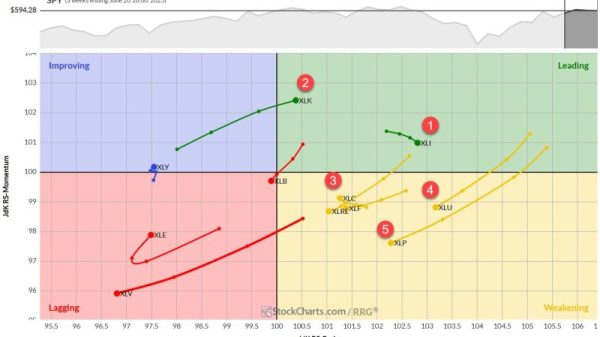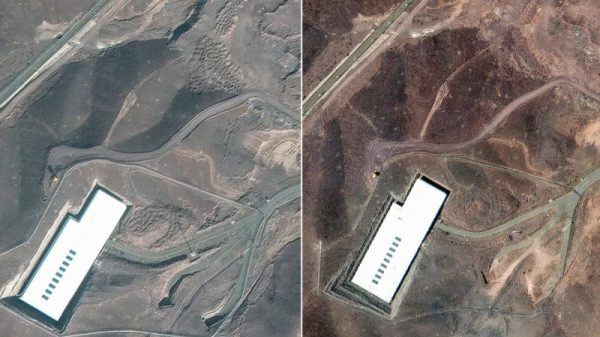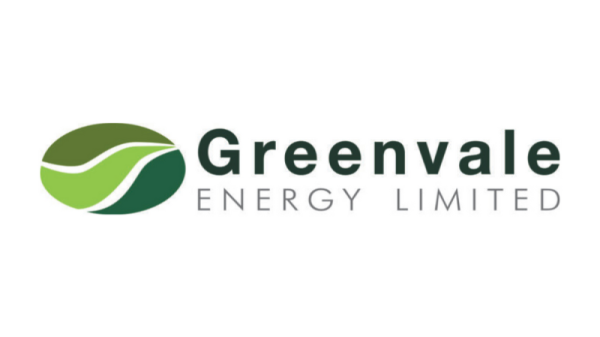Resource sector funding has declined for the last 15 to 20 years, and recently high inflation and interest rates have only made it more difficult for companies in the sector to get the money they need to move forward.
The issue has become a major topic, and was discussed at the Vancouver Resource Investment Conference this past January, as well as at this year’s Prospectors & Developers Association of Canada (PDAC) convention.
At the a panel titled “Where Will the Money Come From?” moderator David Halkyard of private equity firm Resource Capital Funds spoke with John MacKenzie, CEO and board member of Capstone Copper (TSX:CS,OTC Pink:CSCCF); Pierre Lassonde, co-founder and chair emeritus at Franco-Nevada (TSX:FNV,NYSE:FNV); Adam Lundin, chair of Lundin Mining (TSX:LUN,OTC Pink:LUNMF); and Jacqui Murray, partner with Resource Capital Funds. Here’s what they had to say.
Why has money left the mining sector?
Mining industry investment has declined significantly in the last several years, and nowhere is that more evident than in the retail segment of the market. As Lassonde explained, retail investors have stayed away from the resource sector in favor of the quick money and flashy profiles associated with big tech firms.
According to Lassonde, the tech stocks known as the ‘Magnificent 7’ together represent US$13.1 trillion in market cap, close to the estimated US$15 trillion in gold that has been mined through history, and more than 50 times the US$250 billion combined market cap of all gold equities, including royalty companies.
“(Of the US$250 billion), half of that is six companies, and then the other half, US$125 billion, is about 150 to 300 companies — in the scheme of things for investors, they become irrelevant,” he said.
Lassonde added that asset and fund managers are steering clear of gold due to factors such as disasters, capital costs and bad execution of mergers. He provided the example of Newmont (TSX:NGT,NYSE:NEM), whose share price reached nearly US$90 in April 2022, but as of the end of February had fallen as low as US$30 following its merger with Newcrest.
“So the investor base has been really gun shy, and is like, ‘This space is a disaster. Why do we want that?’” he said.
Western markets have largely moved away from gold as a metal as well, suggested Lassonde.
“Look at the gold price today, and it’s at a new record high of over US$2,100 (per ounce),” he told members of the audience at PDAC. “Who would have thought? Well, you know what, it’s not set here anymore — it’s not set in the US or London — it’s set in China. China is the driver of the gold market today.”
He also pointed to the SPDR Gold Trust ETF (ARCA:GLD), which he said lost 140 metric tons (MT) last year and is down another 50 MT so far this year. “So people here are not investing in gold, let alone gold equities. They’re in Bitcoin, they’re in the Magnificent 7, where they’re making so much more money,” Lassonde said.
Investors lukewarm on slow-moving resource sector
Murray said this lack of performance in the mining industry has become endemic.
“When we’re talking to investors — and this is very large pension funds and endowments that invest money through private equity funds — and if there’s a young portfolio manager that has maybe been there for 10 years, and they chose not to invest in mining during that time, they’ve probably been congratulated,” she said.
Lundin added to the points made by Lassonde and Murray, indicating that it’s been tough for the industry to bring investors into the fold given the state of the market. “People want to make money easily … Lending money, lending gold, it’s about 3 percent dividend yields right now, but you can keep your money in your bank account at 5 percent,” he said.
Further compounding the situation for investors is timelines for miners. Reporting for Bitcoin and the tech sector is far more granular than it is for mining. Updates come by the minute, quarter and year, and product launches are consistent year after year; in comparison, progress from discovery to mine can seem glacial.
“(Investors who meet with us) are looking for cash-flowing businesses, which is quite hard because a lot of the mines that need the money are in that awkward feasibility, unpermitted stage where there is a lot of capital, but the risks to invest in it, particularly with permitting timeframes nowadays, is extremely high,” Murray said.
According to the panelists, the little investment that happens in the resource industry occurs in relation to producing or near-producing assets that have built-in cash generation. However, this focus leaves early stage exploration and development projects largely underfunded.
Explorers and developers left out to dry
Bringing new mines online is a long process. It takes 10 to 20 years to move an asset from discovery to production, and the vast majority of discoveries don’t even make it to the production stage.
This makes funding at the exploration stage critical for the industry to ensure long-term viability and growth. However, while exploration is vitally important, it’s also the most challenging and risky point for investment.
“I took a 10 year span from ’83 to ’93, and I looked at 3,000 exploration companies and what happened to them,” Lassonde said. “Of those 3,000, only five actually delivered mines that opened and made money. So the ratio is appalling, and it got worse in the last 20 years because there hasn’t been the kind of discovery that we saw in the ’80s and ’90s.”
These kinds of results don’t instill confidence. For Lassonde, sifting through companies is part of his day-to-day life. But for regular investors, doing due diligence on the vast array of available stocks can be daunting.
Lassonde also pointed to another fundamental shift within the industry, saying that a steady loss of senior companies in Canada — including Alcan, Falconbridge, Inco and Noranda — over the past 20 years has had a considerable impact on juniors. “These companies not only did research and development, but out of the C$100 million to C$200 million budget they had for exploration, they shepherded probably 50 to 100 companies each at the junior level, because they understood that 50 percent of all discoveries are made by juniors,” he explained.
Despite this top-down loss in investment capital and geological expertise, the number of junior companies is still considerable, and they’re all competing with each other for what funding is available.
Echoing Lassonde, Murray said this saturation makes it hard for investors to make educated decisions on where to park their money. “Working through the junior mining companies is a bit like television nowadays,” she said on stage at PDAC. “You can spend hours just searching through crap, and eventually, you give up. Maybe there was a good company in there but you’ve flipped over it, just flicking through.”
Murray noted that the junior landscape has become dysfunctional, with too many companies that don’t have viable projects or a path forward that end up siphoning investment away from companies that do.
“In those early days, we are looking very much for how much of our dollars are going straight into the ground versus overhead. I think that’s probably a big problem, how many companies are attempting to raise capital to just stay alive rather than actually progressing projects,” she commented.
The saturation in the junior landscape has created an environment where there are too many companies with too many small projects. The panelists said consolidation would allow companies to develop projects of greater size and scope, and bring more assets together under one larger company.
“You have to have scale, and you have to have grade and you have to prove that you have something that your peers don’t,” Lundin said. MacKenzie made a similar point, saying that scale is essential for attracting capital.
“There is no doubt that there is a premium for scale,” he said. “The investment funds around the world are getting bigger and bigger, and none of them really want to be holding huge percentages in any single company. So the bigger the company, the more investable they are, the more liquid. And those are the real keys to attracting investments.”
Where could the money come from?
During the talk, the panelists discussed how juniors and larger mining companies can get funding outside of public markets. MacKenzie said private sources of capital will be essential, including private equity firms and family offices.
Lassonde agreed with the idea that these can be a good source of investment, and he said he turned to them to help fund a project in Chile. “That’s where the money is. We went to pass the hat to a number of family offices that we know and they said, ‘How much are you putting in? We’ll match you,’” he said.
The panelists also mentioned royalty and streaming deals as options for companies developing projects. These agreements involve a company agreeing to sell a percentage of its future profit or physical production at a pre-determined price in exchange for upfront funding to move forward at its project.
Depending on the size and attractiveness of its property, a company might also find success by courting investment from the international community. For example, MacKenzie spoke of how there is more investment capital flowing from the Middle East, with much of it connected to Saudi Arabia’s sovereign wealth fund.
“I think the way they’re looking at it is they obviously want to buy mines in production, but they (have) a sort of multi-decade point of view, so they’re looking at it from exploration sites all the way through to operating mines,” he said.
For her part, Murray noted that there is more interest in critical minerals.
Similarly, MacKenzie pointed out the enormous quantity of critical minerals that will be needed over the coming decades as the need to decarbonize becomes increasingly important in countries around the world.
This is bringing new money into the industry from nations and companies that are competing for limited available resources, often in the form of offtake agreements or other partnerships. “You know, there have been some countries that have been securing offtakes for the last couple decades, but I think there’s a lot of the world that today is finding itself challenged in terms of where their critical metals are actually going to come from,” he said.
Investor takeaway
The mining industry is struggling to appeal to retail investors due to saturation, competition from stocks offering quick returns and an overall lack of narrative. This means miners may want to consider alternative sources of funding.
The panelists at PDAC also agreed that more consolidation in the resource sector could help companies attract larger amounts of funding that aren’t available to smaller-scale entities.
Securities Disclosure: I, Dean Belder, hold no direct investment interest in any company mentioned in this article.


